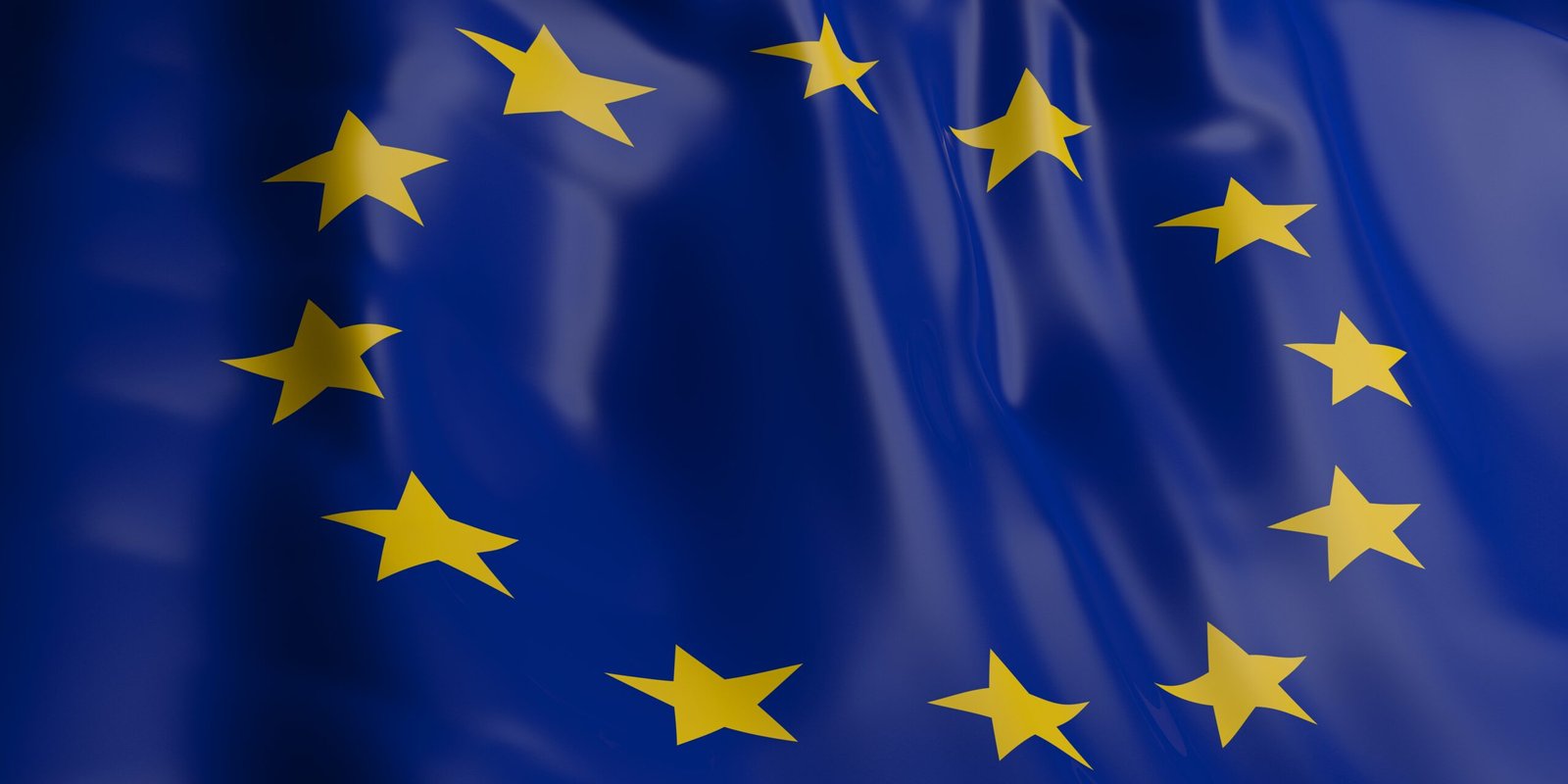On August 8, 2025, the European Media Freedom Act (EMFA) entered into force across all EU member states. It’s the EU’s most ambitious effort to protect editorial independence, media pluralism, and journalistic freedom in an era where these principles are under attack.
But EMFA isn’t just for publishers.
It creates new rights, responsibilities, and risks across the digital ecosystem,including agencies, advertisers, platform developers, and product teams.
Here’s what actually changes, and how you need to respond.
| Provision | What It Targets | Who’s Affected |
|---|---|---|
| Editorial independence guarantees | Protects journalists from interference | Media orgs, editorial platforms |
| Ownership & funding transparency | Public registers of ownership and state ads | All media, ad-funded orgs |
| Protection against spyware | Surveillance bans on journalists | Governments, tech vendors |
| Content takedown safeguards | Limits VLOPs (e.g. Meta, X) from removing media content without process | Platforms & content creators |
| Audience measurement integrity | Pushes for independent metrics | Ad tech firms, agencies |
| Right of customization (2027) | Users must be able to customize media feeds & layouts | Product teams, designers |
Source: Official EMFA Summary, Policy Background
Why It Matters for Agencies and Digital Teams
This isn’t compliance theater. EMFA brings real, operational changes,and agencies like Athago are perfectly positioned to help clients adapt.
Below, we break down key EMFA pillars, what they require, and what smart digital actors should start doing now.
1. Transparency in Ownership & Funding
What EMFA Says:
Media service providers must clearly disclose who owns them, who funds them (especially public money), and who controls editorial decisions.
Why It Matters to You:
Branded content studios, agency-run media microsites, podcast platforms,if you’re involved in producing or distributing media-like content, disclosure is no longer optional.
What You Should Do:
-
Create or update “About Us” pages with full ownership/funding disclosures
-
Use
schema.org/Organization+sameAsstructured data for visibility -
For clients: provide UX/UI templates that make transparency visible and intuitive
Athago UX Insight: In Plateia (our civic engagement platform), we embedded visible editorial disclaimers and identity structures,long before it became a legal requirement.
2. Content Moderation & VLOPs (Very Large Online Platforms)
What EMFA Says:
If a platform removes content from a media service provider, they must justify it and provide appeal mechanisms. Media providers can formally declare their status to VLOPs to trigger these protections.
Why It Matters to You:
If your clients rely on distribution through Meta, Google, or X,your job now includes helping them claim protections under EMFA.
What You Should Do:
-
Help clients submit their declaration of media status to VLOPs
-
Advise on building appeal processes and archiving original content
-
Track platform takedowns and design dashboards for oversight
Athago UX Insight: In JibKey, we designed admin systems that log content decisions,this same logic can apply to moderation tracking.
3. Audience Measurement Integrity
What EMFA Says:
Ad performance and audience metrics must be reliable, transparent, and independently audited,especially for media receiving public funds or selling ad space.
Why It Matters to You:
Agencies and advertisers can no longer rely on opaque metrics or shady dashboards. Expect more scrutiny on how audience data is collected and verified.
What You Should Do:
-
Vet third-party analytics providers for transparency
-
Recommend or build independent audience reporting systems
-
Push for human-readable analytics UX,no black-box dashboards
Pro move: This is an opening for agencies to offer “audience integrity audits” or custom dashboards using transparent tools like Matomo or Fathom.
4. Right of Customization (2027)
What EMFA Says:
By 2027, users must be able to customize how they access media content,layout, filters, algorithmic feed settings.
Why It Matters to You:
This is a UI/UX challenge and a huge opportunity. It turns compliance into design.
What You Should Do:
-
Start building customizable content modules now
-
Offer opt-in/opt-out toggles for algorithmic curation
-
Create layout presets or accessibility profiles tied to user preferences
Athago’s Wheelhouse: This plays directly into our UI/UX capabilities,modular, user-centric design that aligns with both legal requirements and user empowerment.
5. M&A and Media Pluralism Assessments
What EMFA Says:
Before major media acquisitions, companies must conduct a “pluralism impact assessment”,not just economic due diligence, but editorial and democratic impact too.
Why It Matters to You:
If you work with media conglomerates, investors, or VC firms, your due diligence process just got deeper.
What You Should Do:
-
Integrate pluralism and governance checks into M&A advisory
-
Partner with legal teams to offer an “EMFA audit” for mergers
-
Flag conflicts of interest or ownership overlaps that reduce plurality
Agencies with strategic insight will be able to expand services into M&A and regulatory consulting.
How EMFA Interacts with DSA and DMA
EMFA doesn’t stand alone,it plays alongside the Digital Services Act (DSA) and Digital Markets Act (DMA).
| Regulation | Focus | Applies To |
|---|---|---|
| EMFA | Media independence, transparency, editorial freedom | Media service providers, platforms |
| DSA | Platform responsibility, content moderation, systemic risk | All online platforms, especially VLOPs |
| DMA | Competition and market dominance of gatekeepers | Big tech (Google, Apple, Amazon, etc.) |
Why It Matters:
If you’re building for or advising platforms, you can’t treat these separately. They work in tandem. Legal compliance, UX design, and content strategy now move as one.
Final Thoughts: This Isn’t Just Compliance,It’s Positioning
We’re entering a new phase where digital trust, transparency, and independence are product features, not optional values.
The European Media Freedom Act is not red tape,it’s a blueprint for how media and digital services must operate in a democratic society.
Agencies that understand this will lead.
Those who wait will scramble.
What You Should Do (TL;DR)
Media Platforms / Publishers
-
Disclose ownership + funding
-
Declare media status to VLOPs
-
Archive moderation decisions + appeal paths
Agencies / Advertisers
-
Audit metrics vendors
-
Build transparent dashboards
-
Provide legal-adjacent UI/UX for transparency
Product Designers / Developers
-
Start prototyping customizable media layouts
-
Prepare content logic for user filtering
-
Avoid dark patterns and hidden defaults
Want help translating policy into product?
Athago works with teams who don’t just want to be compliant,they want to be credible, resilient, and ready for what’s next.
→ Book a strategy call with us
SPREAD THE WORD
WHO WE ARE
Athago is a full service digital agency for those who favor bold choices, which pushes the boundaries of technology, strategy, and design, to create lasting relationships between brands & people.





